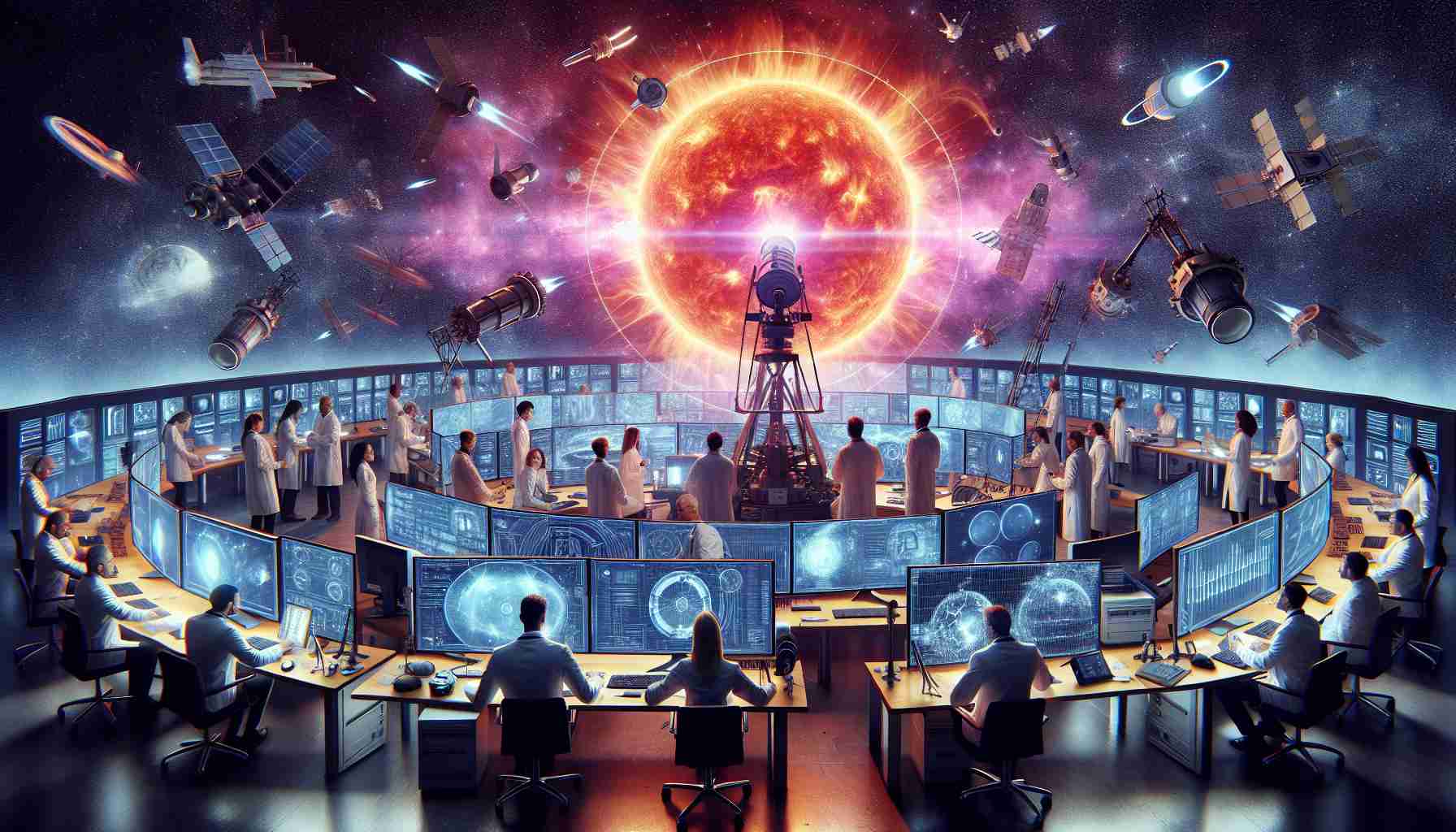
An unexpected phenomenon has caught the attention of researchers worldwide. Recent scientific findings have revealed that a massive solar disturbance is heading towards Earth, posing potential risks to essential technological infrastructure.
Researchers have detected multiple instances of Coronal Mass Ejections (CMEs) originating from the Sun, with one particularly powerful X1.3-class solar flare poised to impact our planet. While the initial CMEs were relatively mild, the upcoming solar activity is predicted to unleash potent plasma and magnetic waves towards Earth within the next few days.
The imminent solar storm threatens the stability of communication satellites, power grids, and even space stations in orbit. The surge in solar activity, attributed to the Sun’s heightened state of energy emission, raises concerns about potential disruptions to radio transmissions, satellite operations, and GPS networks on Earth.
Authorities are closely monitoring the situation, emphasizing the need for proactive measures to mitigate the impact of the impending solar disturbances. With the world on high alert, scientists are working diligently to understand and prepare for the unpredictable nature of space weather.
Scientists Uncover New Insights into Solar Disturbances and Their Impacts
As the scientific community delves deeper into the study of solar disturbances, several critical questions arise that shed light on the complexities of space weather phenomena and their potential ramifications. These questions are vital in guiding our understanding of the impending solar disturbances and devising effective strategies to safeguard critical infrastructure.
1. What factors contribute to the intensification of solar storms?
– Solar storms, such as Coronal Mass Ejections (CMEs) and solar flares, are often triggered by complex interactions within the Sun’s magnetic fields. Factors such as magnetic reconnection, sunspot activity, and solar wind dynamics play a significant role in amplifying the intensity of these events.
2. How do solar disturbances impact Earth’s magnetic field?
– When CMEs and solar flares interact with Earth’s magnetic field, they can induce geomagnetic storms that disrupt communication systems, power grids, and satellite operations. Understanding the mechanisms behind these interactions is crucial for predicting and mitigating the effects of solar disturbances.
3. What are the key challenges in forecasting solar activity?
– Despite advances in solar monitoring technology, accurately predicting the timing and severity of solar disturbances remains a daunting challenge. Factors such as the Sun’s complex magnetic behavior and the variability of space weather patterns contribute to the uncertainties associated with solar forecasting.
Advantages and Disadvantages:
– Advantages:
– Early detection of solar disturbances allows for timely warnings and preparations to minimize potential damage to technological infrastructure.
– Ongoing research on space weather helps improve our understanding of solar phenomena and enhances our ability to predict and respond to future solar events.
– Disadvantages:
– Despite advancements in monitoring technologies, the unpredictable nature of solar disturbances poses a persistent challenge to ensuring the resilience of critical systems.
– The potential impact of severe solar storms on modern technology highlights the vulnerability of infrastructure reliant on satellite communications and power distribution networks.
In light of these insights, it is evident that ongoing research and collaboration among scientists are crucial for advancing our knowledge of solar disturbances and mitigating their effects on Earth. By addressing the key questions and challenges associated with space weather forecasting, we can better prepare for future solar events and safeguard our interconnected technological systems.
For further information on solar disturbances and space weather research, visit NASA’s official website.






